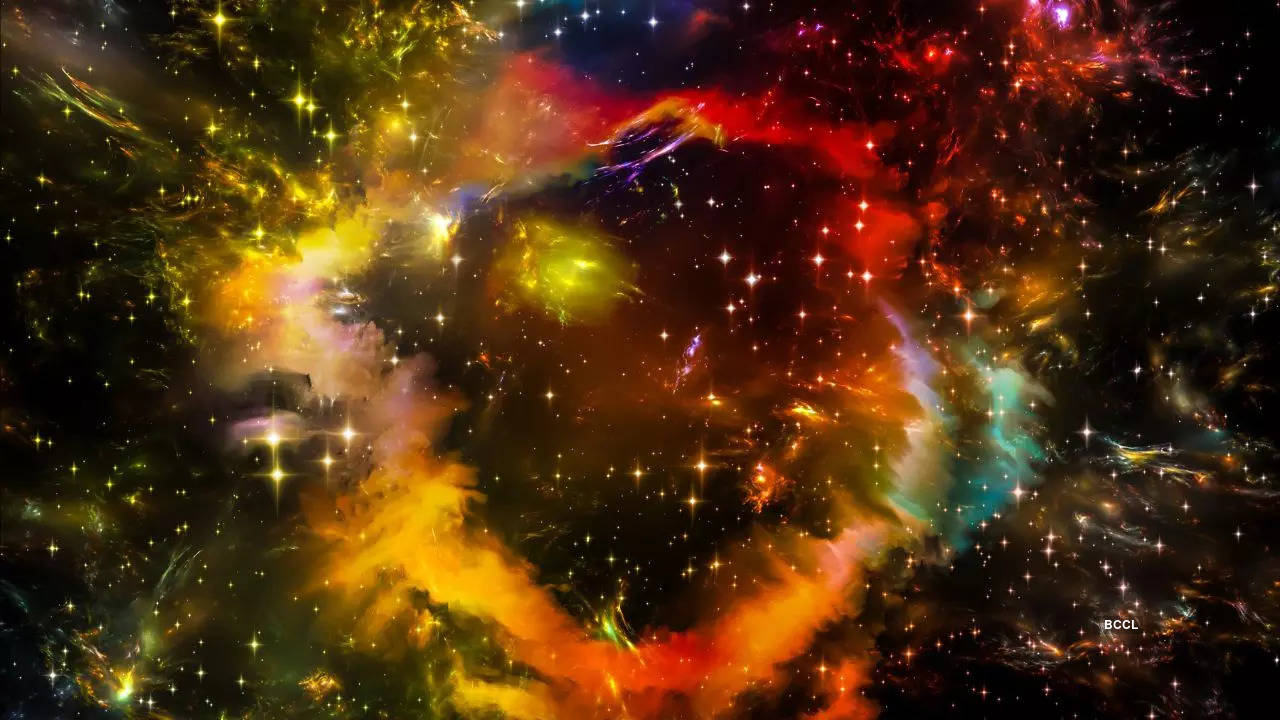Dark matter is a hypothetical form of matter that does not emit or reflect any light, but exerts a gravitational pull on ordinary matter. Scientists estimate that dark matter makes up about 85% of the total mass of the universe, but they have no clue what it is made of or how it came to be.
Dark matter was first proposed in the 1930s by Swiss astronomer Fritz Zwicky, who noticed that the galaxies in a cluster were moving faster than expected based on the visible mass of the cluster. He suggested that there must be some invisible mass, or “missing mass”, that was holding the cluster together.
Since then, many other observations have provided evidence for the existence of dark matter, such as the rotation curves of galaxies, the gravitational lensing of light by massive objects, enormous, ever-expanding structure of the universe, and the microwave background radiation which is cosmic. All these phenomena can be explained by assuming that there is a lot of dark matter in the universe, but none of them can directly detect or identify it.
So what is dark matter made of? There are many possible candidates, but none of them have been confirmed yet. One of the most popular theories is that dark matter is composed of weakly interacting massive particles (WIMPs), which are subatomic particles that only interact with ordinary matter through gravity and the weak nuclear force. WIMPs could be produced in the early universe, and could have a mass ranging from a few to hundreds of times that of a proton.

Another possibility is that dark matter is made of axions, which are very light particles that are predicted by some extensions of the standard model of particle physics. Axions could also be created in the early universe, and could have a mass as low as a billionth of a billionth of an electronvolt. Axions could interact with ordinary matter through their coupling to electromagnetism, but very weakly.
A third option is that dark matter is composed of primordial black holes, which are black holes that formed in the first moments of the Big Bang. Primordial black holes could have a wide range of masses, from as small as an atom to as large as a star. Primordial black holes could interact with ordinary matter through gravity, and could also emit gravitational waves that could be detected by observatories such as LIGO and LISA.
There are many other candidates for dark matter, such as sterile neutrinos, superheavy dark matter, self-interacting dark matter, and fuzzy dark matter, but none of them have been conclusively proven or ruled out. The search for dark matter is one of the most active and exciting fields of research in physics and astronomy, and it could reveal new aspects of the nature of reality.
Dark matter is the biggest unsolved mystery of the universe, and it could hold the key to understanding the origin, evolution, and fate of the cosmos. Until we find out what it is, we can only marvel at the dark side of the universe.


